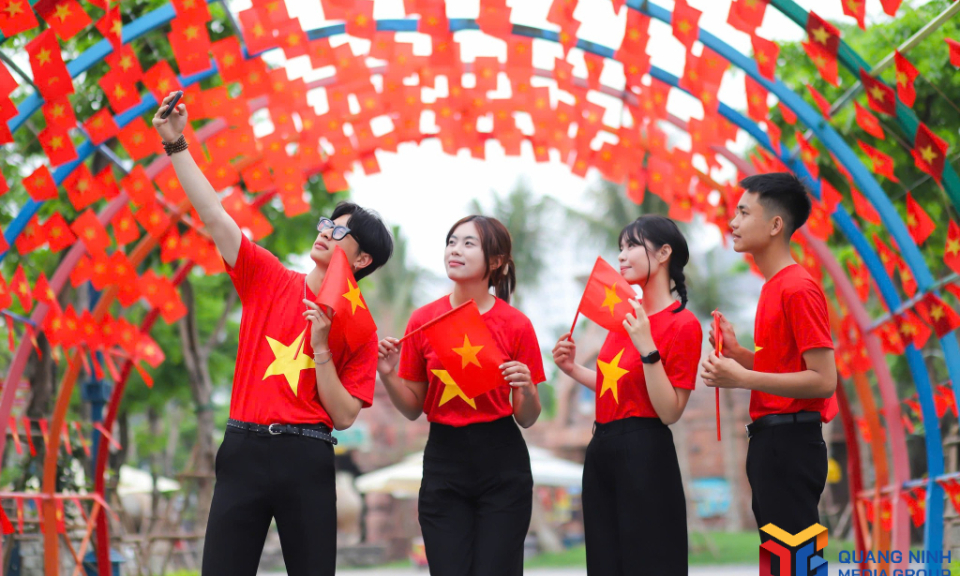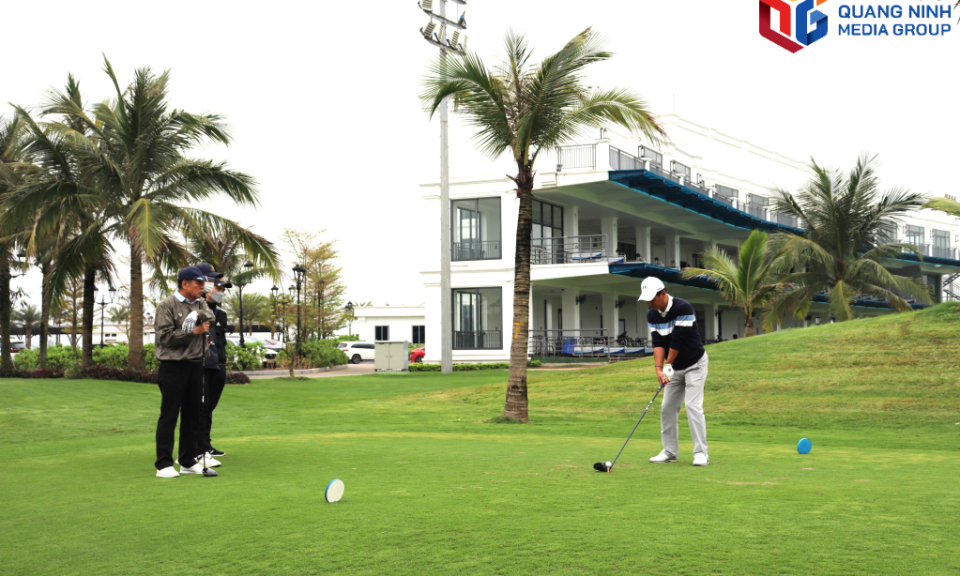Time stands still inside Covid-free northern village
Na Vi ancient stone village surrounded by greenery in Cao Bang Province, bordering China, has managed to preserve its tranquility and slow pace of life.
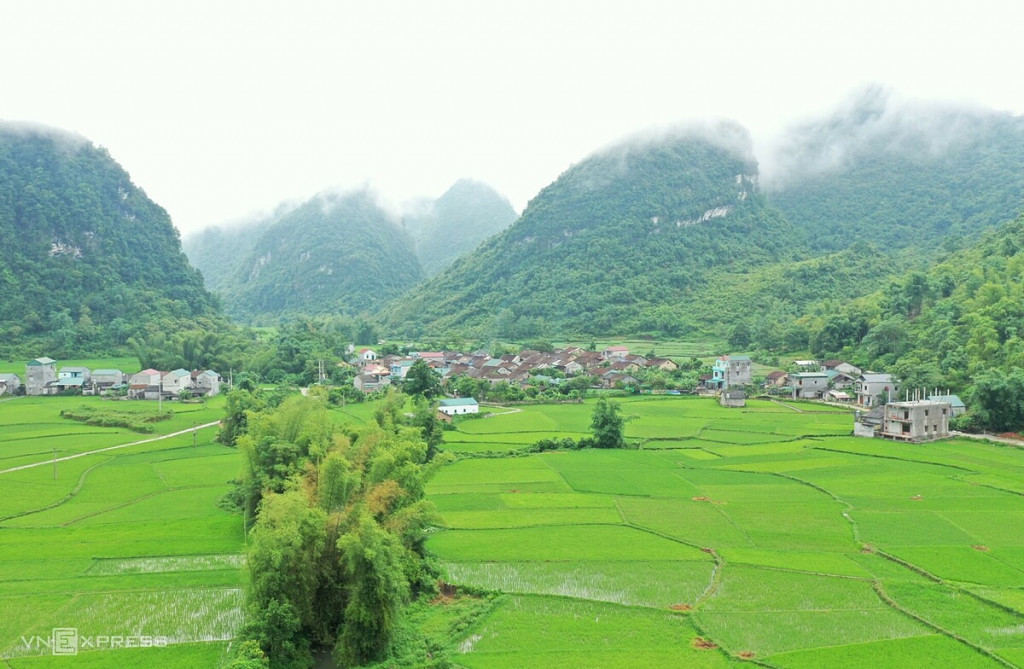
Nestled at the foot of Phja Cao Mountain in Ha Lang District, around 100 kilometers from downtown Cao Bang, Na Vi Village is surrounded by the green color of bamboo groves and rice fields. This area is close to the Quay Son River, forming a natural border with China to the north.
So far, Cao Bang is the only Vietnamese locality yet to be hit by the Covid outbreak that struck Vietnam in late April.
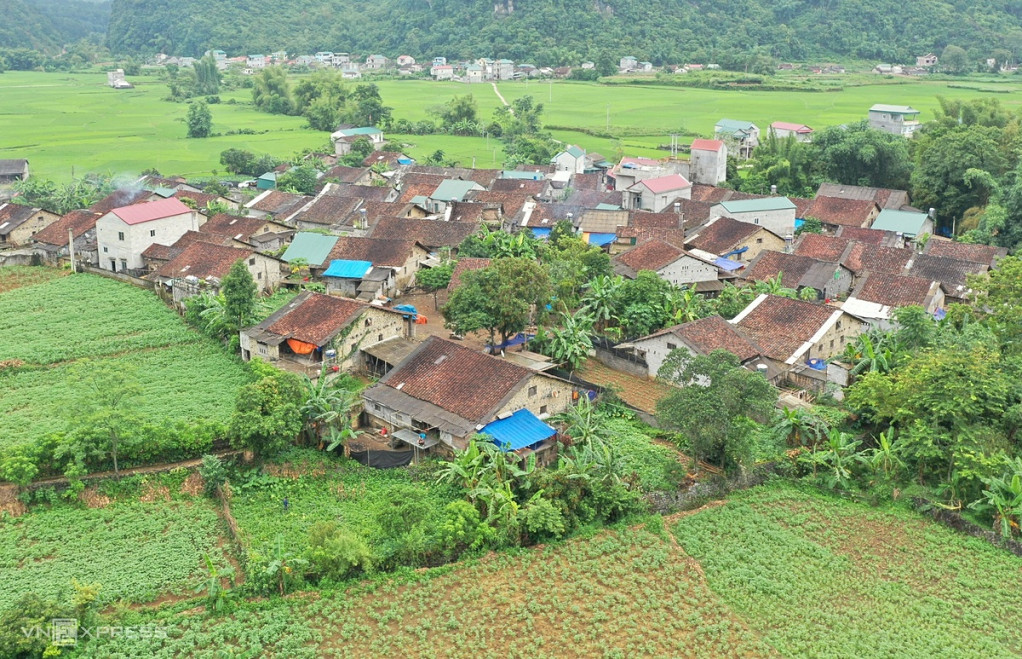
The village is home to 100 ethnic Tay families living in centuries-old stone houses. Na Vi is one of the few places to retain traces of Mac Dynasty (1527-1595), a royal family in Vietnam’s feudal history. Local authorities plan to develop community-based tourism in the locality.
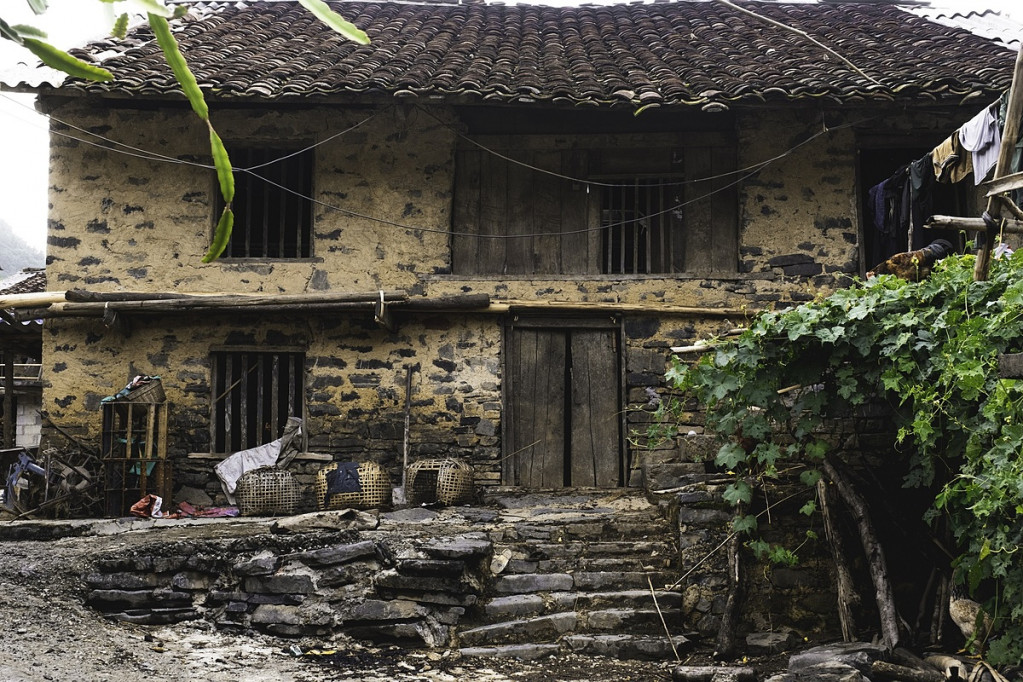
A stone house characterized by yin-yang roof tiles and wooden door, window. In the years 1594 to 1677, when the Mac dynasty ruled over Cao Bang, stone houses were built for noble families and considered exclusive fortresses.
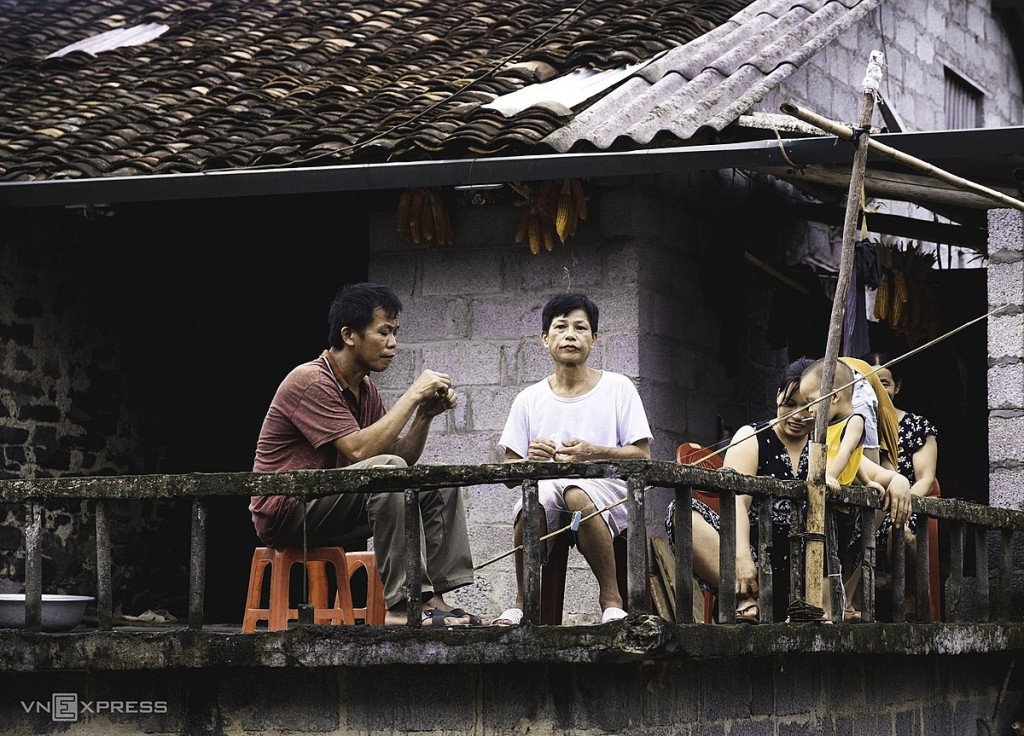
Some houses have stone steps and satellite TV antennas. In the afternoon, people often gather to relax on the second floor, surrounded by guardrails.
Without community transmissions, no travel restrictions or lockdown measures are imposed in Cao Bang, so life here continues as normal.
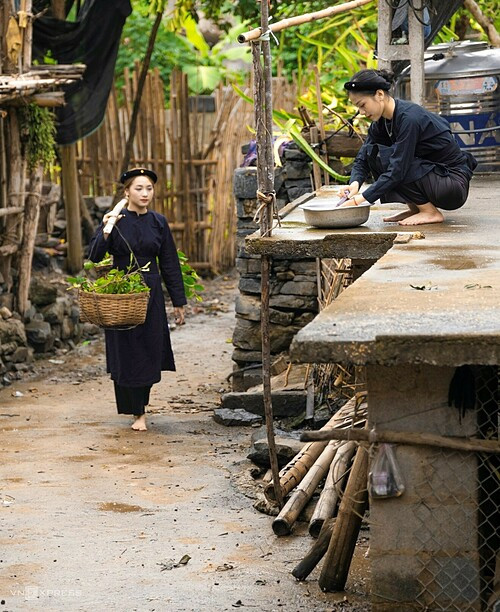
Currently, Na Vi does not have a homestay for overnight trips though locals welcome tourists to stay over. Villagers hope local authorities would come up with proper plans to develop tourism in Na Vi.
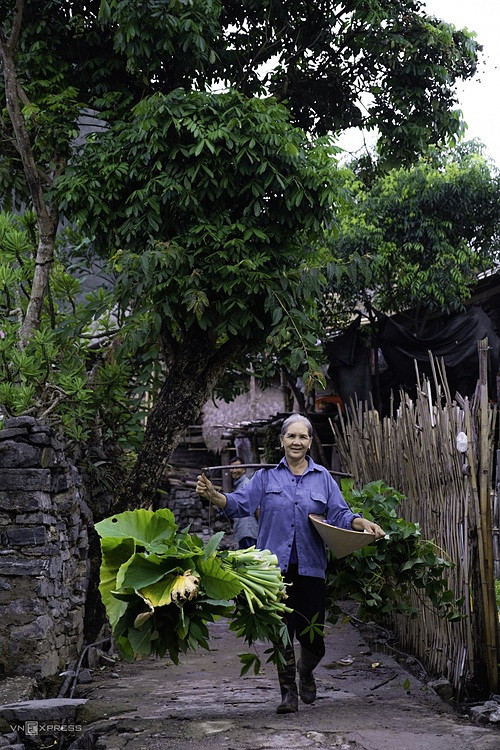
Electricity was recently supplied to the village, which sources water from nearby streams. The Tay cultivate only one rice and a vegetable crop, mainly maize per year. Between crops, they grow vegetables like giant elephant ear and sweet potato. They mostly raise goats, chickens, and buffalos for a living.
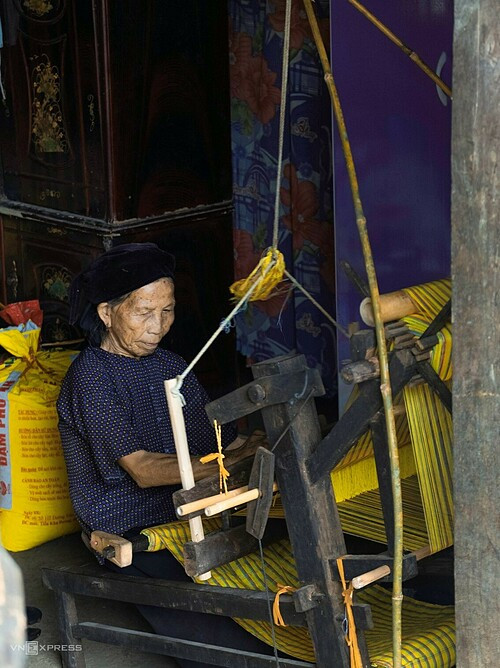
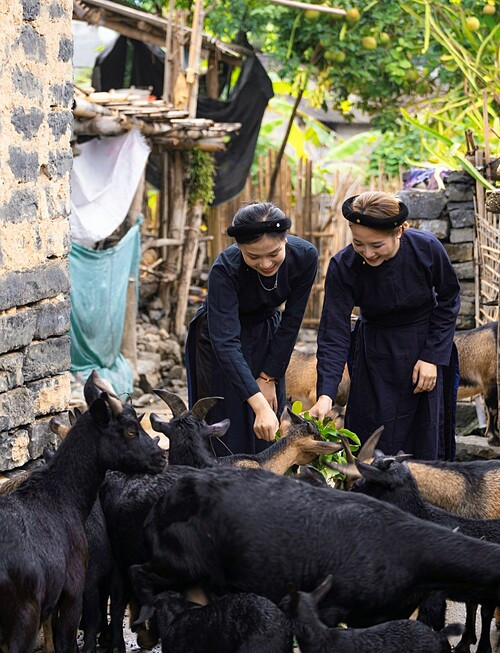 Traditional costumes of the Tay are made from self-woven cotton yarn. Both men and women's clothing are dyed the same colors and have almost no decorative patterns. Tay women also wear cloth belts.
Traditional costumes of the Tay are made from self-woven cotton yarn. Both men and women's clothing are dyed the same colors and have almost no decorative patterns. Tay women also wear cloth belts.


